Car manufacturers strive to design vehicles that are safe, reliable, and innovative. However, sometimes features intended to enhance the driving experience can backfire, leading to widespread recalls. In this article, we’ll explore 15 infamous car features that caused massive recalls, revealing how these well-intentioned ideas went wrong and what lessons were learned.
Contents
Takata Airbags
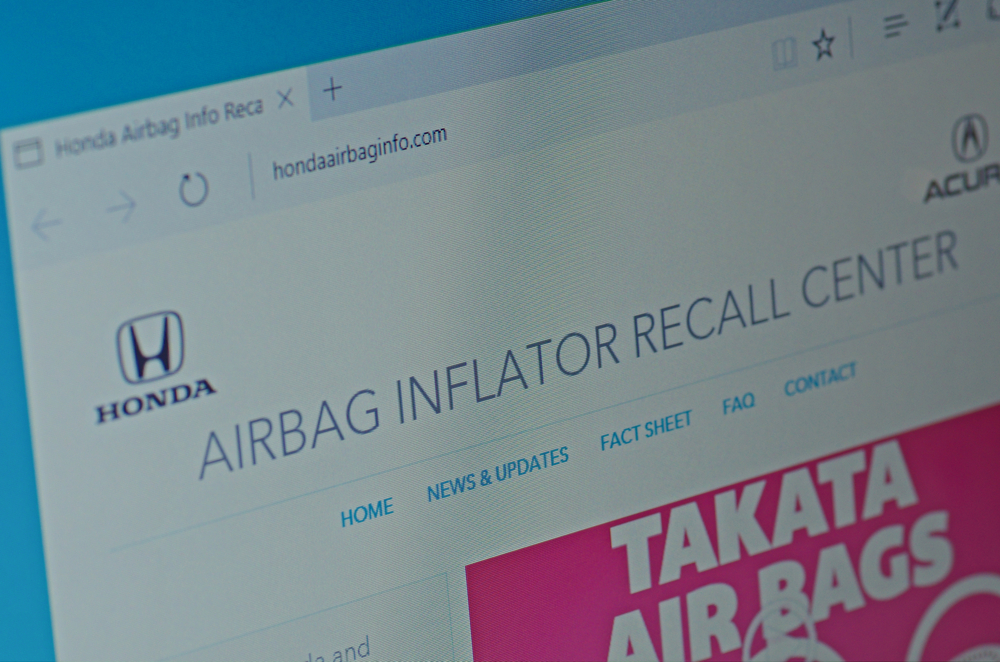
Takata airbags had faulty inflators that could explode with excessive force, sending shrapnel into the vehicle’s cabin. This defect led to the largest automotive recall in history, affecting millions of vehicles from various manufacturers. The inflators’ design flaws and use of volatile ammonium nitrate without a proper drying agent caused these dangerous explosions, resulting in numerous injuries and fatalities.
Toyota’s Unintended Acceleration
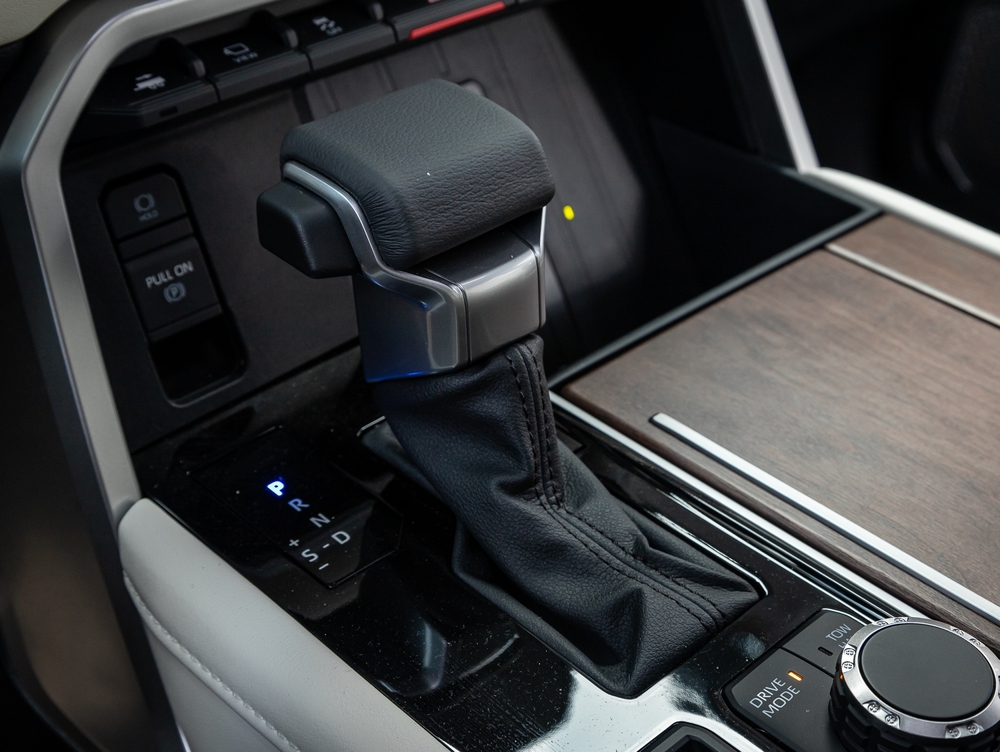
Toyota faced massive recalls due to issues with unintended acceleration. Defective floor mats could trap the accelerator pedal, and sticky pedals themselves could become stuck. These defects caused vehicles to speed up uncontrollably, leading to accidents and prompting Toyota to recall millions of vehicles globally to fix these critical safety issues.
GM Ignition Switch
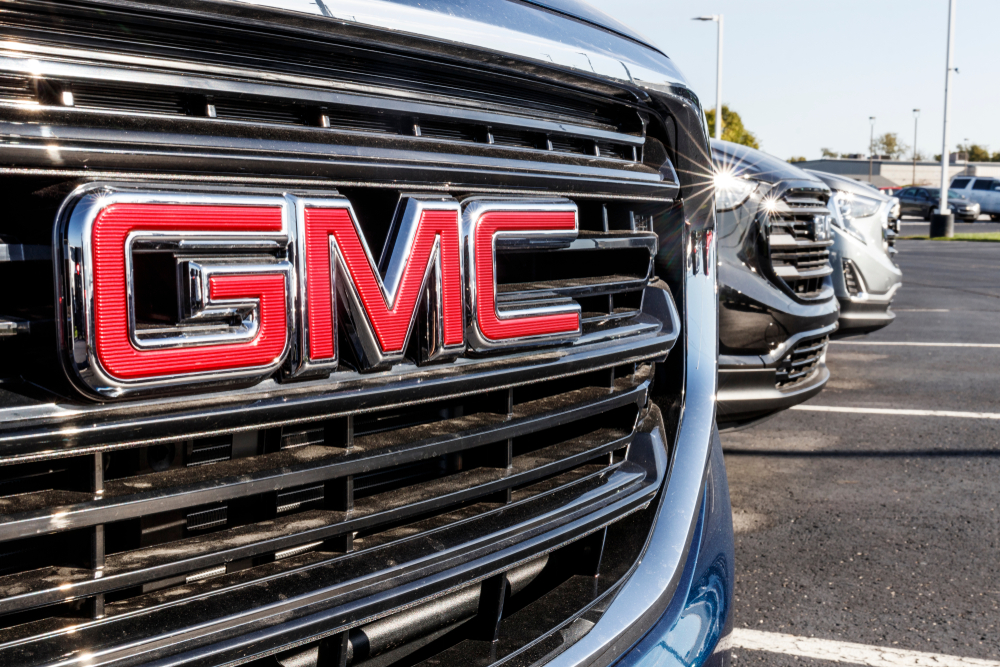
General Motors recalled millions of vehicles due to faulty ignition switches that could unexpectedly turn off the engine while driving. This defect also disabled critical safety features such as airbags, power steering, and power brakes, leading to numerous accidents and fatalities. The ignition switch’s design flaw allowed it to be easily jostled out of the “run” position by a heavy keychain or a bump in the road.
Ford Pinto Fuel Tanks

The Ford Pinto became infamous for its poorly designed fuel tank, which could rupture and explode in rear-end collisions. The fuel tank’s placement and the lack of proper shielding made it highly susceptible to punctures, leading to fires and fatalities. This design flaw led to one of the most notorious automotive recalls and significantly tarnished Ford’s reputation.
Volkswagen Diesel Emissions

Known as Dieselgate, Volkswagen’s emissions scandal involved software designed to cheat emissions tests. The software allowed diesel engines to produce lower emissions during testing while emitting up to 40 times more pollutants in real-world driving conditions. This deception led to a massive recall of millions of vehicles and billions of dollars in fines and settlements.
Ford Firestone Tires

The Ford Explorer equipped with Firestone tires faced significant recalls due to the tires’ tendency to suffer tread separation. This defect caused numerous rollovers and accidents, resulting in many injuries and fatalities. The combination of the tires’ design flaws and the Explorer’s handling characteristics made this a particularly deadly issue.
Hyundai/Kia Engine Failures
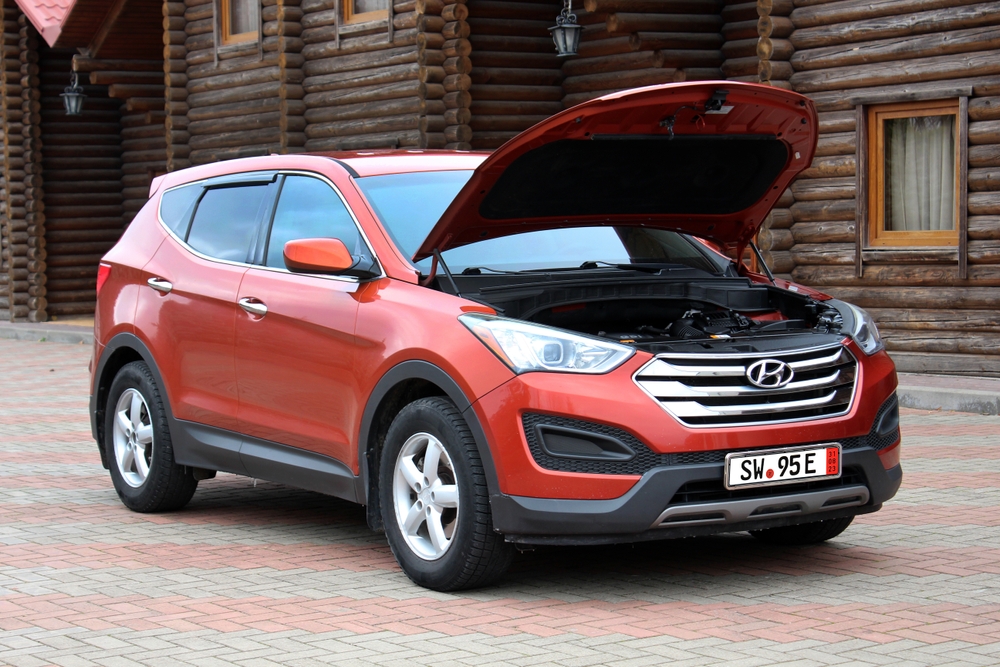
Hyundai and Kia recalled millions of vehicles due to manufacturing defects in their engines. These defects could cause engines to stall or catch fire, posing a serious safety risk. The problems were primarily related to metal debris left in the engine during manufacturing, which could restrict oil flow and cause catastrophic engine failure.
Chevrolet Cobalt Power Steering

The Chevrolet Cobalt faced recalls due to sudden loss of power steering assist. This defect made the vehicle difficult to control, especially at low speeds, increasing the risk of accidents. The power steering motor’s faulty design led to this dangerous issue, prompting GM to recall millions of affected vehicles.
Honda CR-V Door Locks
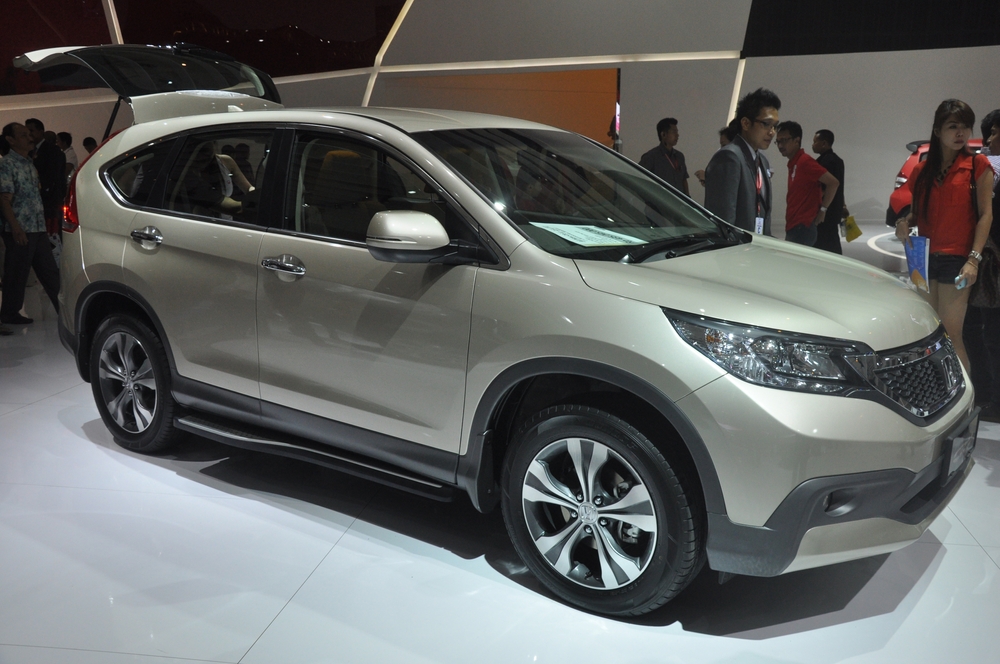
Honda recalled its CR-V models due to door locks that could malfunction and open while driving. This defect posed a significant safety risk, as doors could suddenly open, potentially causing passengers to fall out of the vehicle. The issue was related to faulty latch mechanisms that failed to secure the doors properly.
Toyota Camry Brake Override System
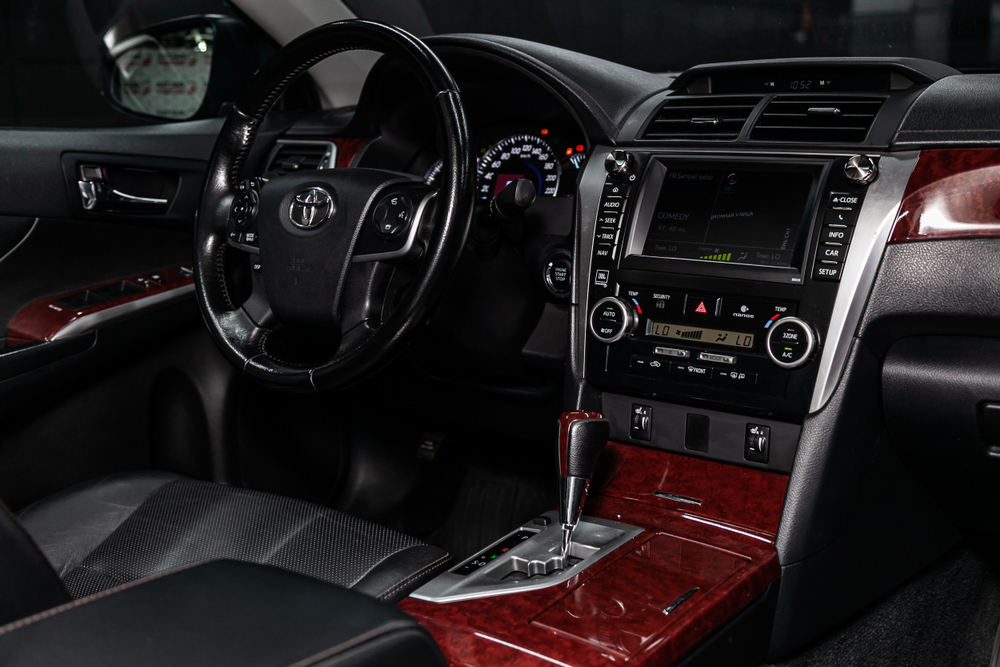
Toyota’s Camry faced recalls due to a failure in the brake override system, which was supposed to prevent unintended acceleration. The system’s inability to override the throttle when both the brake and accelerator were pressed simultaneously led to several accidents, prompting Toyota to address this critical safety concern.
Jeep Cherokee Transmission Issues
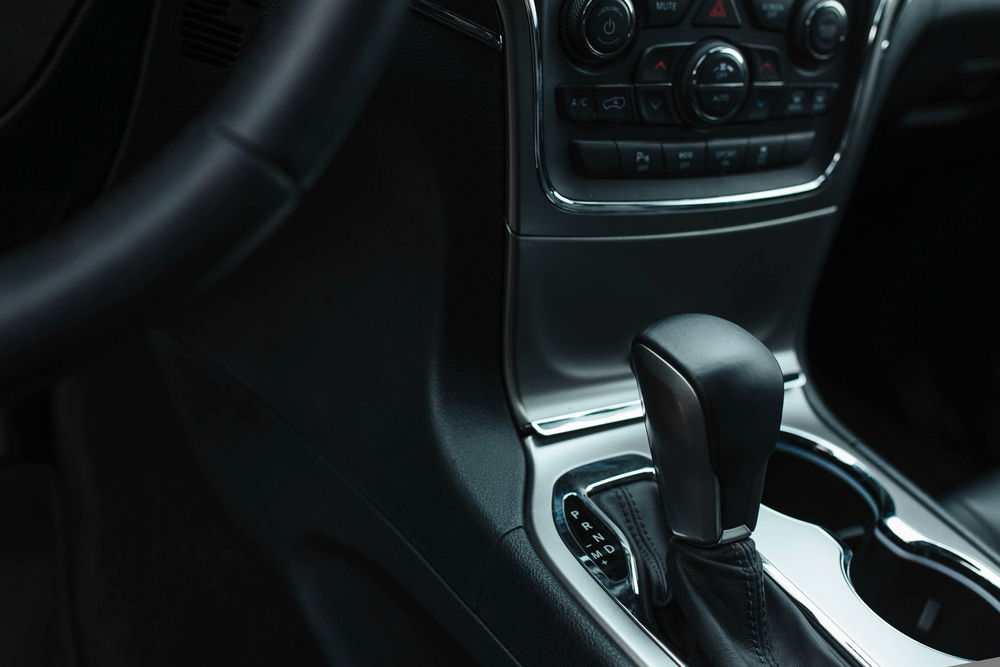
The Jeep Cherokee experienced transmission problems that caused unexpected shifts to neutral while driving. This defect made the vehicle lose power and control, leading to numerous recalls. The transmission software and hardware flaws were responsible for this issue, which compromised the safety and reliability of the vehicle.
Tesla Model S Fire Risk

Tesla Model S faced recalls due to a design flaw in the battery pack that made it susceptible to fires after collisions. The battery’s vulnerability to damage from road debris and accidents raised serious safety concerns. Tesla addressed this issue by reinforcing the battery pack’s protection and improving its overall safety features.
Chrysler Pacifica Engine Stalls

Chrysler recalled its Pacifica minivans due to software issues causing the engines to stall unexpectedly. This defect increased the risk of accidents, especially when the vehicle stalled in traffic or at high speeds. The software glitch responsible for the stalling issue prompted Chrysler to recall and update the affected vehicles.
BMW E46 Airbag Failure

BMW’s E46 models were recalled due to airbag modules that could fail to deploy in a crash. This defect compromised the vehicle’s safety, as airbags are critical in protecting occupants during accidents. The issue was traced back to faulty airbag control units, leading to a significant recall to replace the defective parts.
Nissan Altima Hood Latch
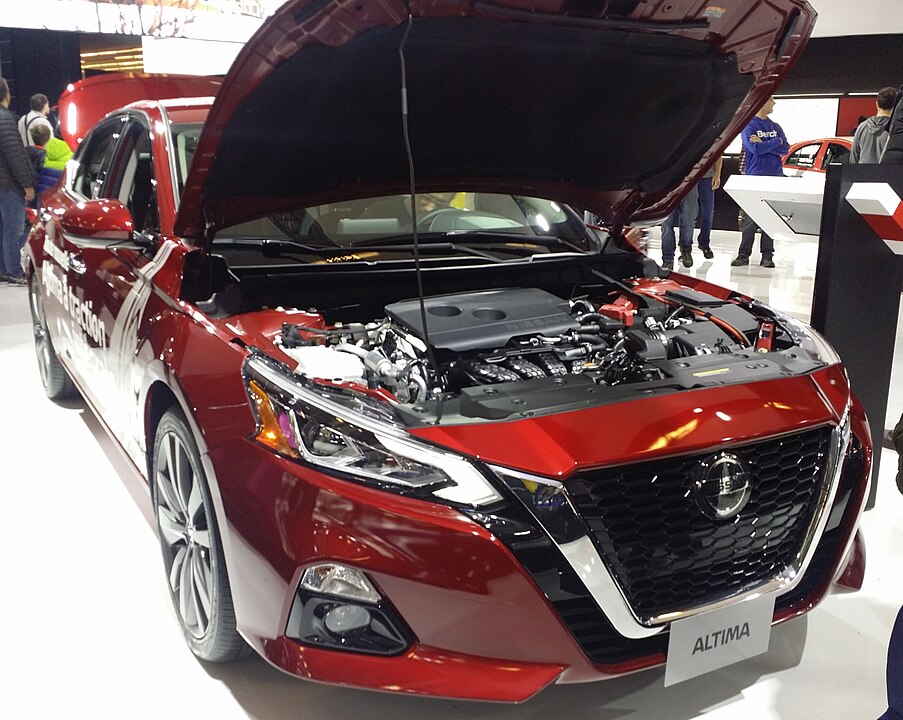
Nissan Altima faced recalls due to hood latches that could fail, causing the hood to open while driving. This defect obstructed the driver’s view and posed a severe safety hazard. The faulty latch mechanisms needed to be replaced to prevent the hood from unexpectedly flying open.
This article originally appeared in MyCarMakesNoise.
More from MyCarMakesNoise
15 Best-Looking Bicycles Designed for High Performance

When it comes to bicycles, performance is key, but there’s no reason why speed and style can’t go hand in hand. In this list, we’ve gathered 15 of the best-looking bicycles that don’t just ride fast—they also make a statement. Read More.
15 Vintage Aircraft That No Longer Rule the Skies

Vintage airplanes once ruled the skies, representing the pinnacle of aviation technology and design. However, as newer, more efficient aircraft emerged, many of these classic planes gradually fell out of favor. Read More.
25 Most Reliable and Durable Cars Ever Built

When it comes to choosing a car, reliability and longevity are often top priorities. Some vehicles stand out from the rest, earning reputations for their exceptional durability and ability to go the extra mile. Read More.














